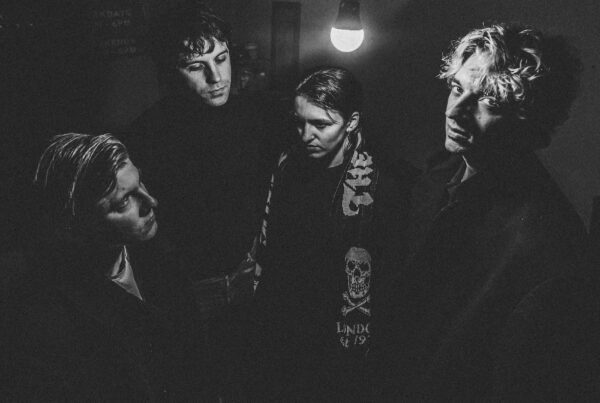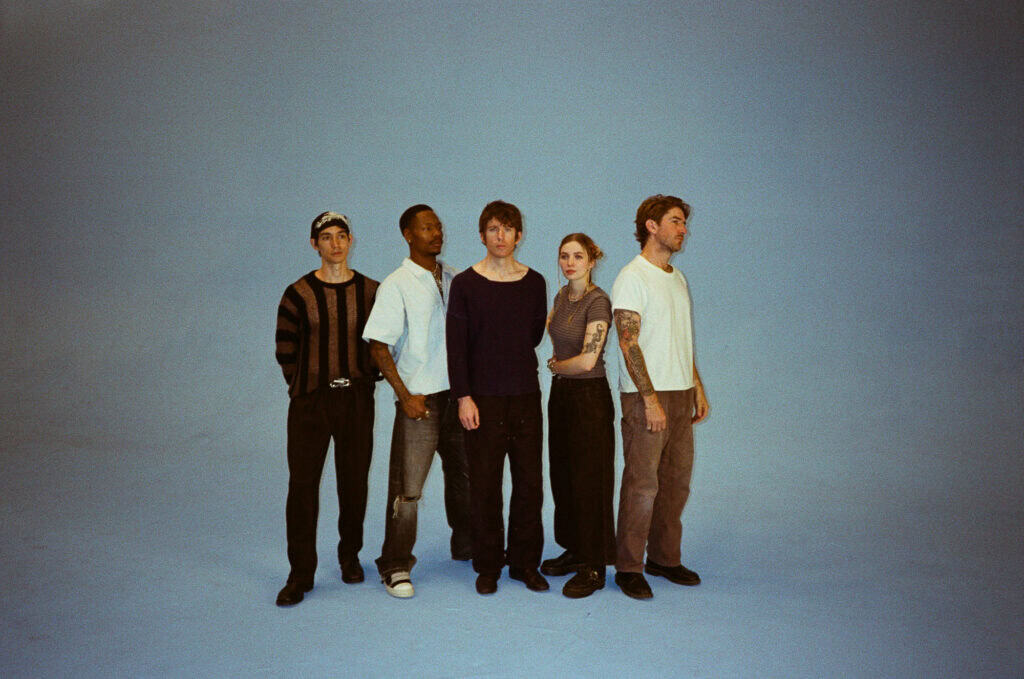Fear leads to anger. Anger leads to hate. Hate leads to suffering.
The gorgeous, vast landscapes of Naboo, the expansive, endless wastes of Tatooine, the solemn stillness of the Jedi temple; it’s fair to say I have watched Star Wars: Episode 1 – The Phantom Menace, dozens of times in my life and will watch it many more times in the future. Indeed, there are few blockbuster films so celebrated and vilified at the same time, so polarising and dividing, with no Star Wars film bearing quite so much expectation. With The Phantom Menace celebrating 25 years this May with a return to cinemas, once more children and adults worldwide will by drawn into the world of George Lucas’ Star Wars.

The Phantom Menace, first of the prequal saga, originally arrived in cinemas May 19th 1999, resulting in delirious excitement from Star Wars fans all across the globe. The hype was so great that many businesses had to close on opening day upon so many staff announcing plans to go view the premiere; in fact, an estimated 2.2 million full-time employees missed work to attend film screenings! The hype was real and it hit hard.
Written and directed once more by George Lucas, The Phantom Menace introduced fans to a host of new characters, from young Anakin Skywalker, to wise Qui-Gon Jinn, to the evil Sith duo of Darth Sidious and Darth Maul. That’s in addition to the droids, pod-racing, space-battles and host of other elements that have echoed throughout ‘Star Wars’ lore. It’s undeniable that the Phantom Menace has had a long-lasting effect on cinema, with it still having the ability to draw modern crowds today.
The film begins with our heroes stranded on the desert planet of Tatooine, after rescuing young Queen Amidala from the impending invasion of Naboo. It is here that Jedi apprentice Obi-Wan Kenobi and his Jedi Mastin Qui-Gon Jinn discover a young Anakin Skywalker, a child who is unusually strong in the Force. Anakin goes on to a win a thrilling Pod-race and with it his freedom to leave his home and be trained by the two Jedi. The heroes return to Naboo where Anakin and the Queen face massive invasion forces while the two Jedi contend with a deadly foe named Darth Maul. Only then do they realize that the invasion is merely the first step in a much larger scheme by the emerging forces of the Dark Side known only as the Sith, as they manipulate events from the shadows…
While the film went on to break box office records, becoming both a financial and commercial success, it was not universally loved and faced criticism from both fans and critics. These complaints, both back in 1999 and in modern times, are innumerable. Many have claimed the plot to be confusing, stating that a central storyline on trade negotiations isn’t exciting, engaging or fun. Further claims detailed the film relying far too heavily on its CGI set-pieces, than promising an engaging storyline. And obviously, there’s everyone’s favourite punching bag in Jar Jar Binks; a verifiable CGI success, though vilified persona.
Many of the criticisms of The Phantom Menace come from its datedness. Older fans are often accused of wearing rose-coloured glasses, basking in the nostalgia of the first trilogy of films, while not allowing for future storylines to flow. And I admit, there could be some truth to these claims – I was a small child when the Phantom Menace released and it was my first exposure to Star Wars. The film would become a landmark in the development of my teenage years and beyond. Even now, as an adult, with a mortgage and other responsibilities, I feel no difference towards this film; it’s a feverishly thrilling adventure!
None of the criticism fatally detracts from the overarching epic spectacle. The alien locations are breathtaking and the pod-racing is an engaging and timely set-piece. The Phantom Menace effectively moved the bar forwards in terms of digital media and design, which paid off in massive-scale action sequences.
Our notable stand-out performance must go to Darth Maul, played by Ray Park, our superbly despicable (and seriously underused) villain. Maul, a deadly assassin, with his demonic, red and black skin, pointed horns and yellow eyes, gets his moment to shine in the climatic ending, when he engages in a fatal duel with apprentice Obi-Wan Kenobi (Ewan McGregor), Jedi Master Qui-Gon Jinn (Liam Neeson). Revealing Maul’s double-bladed lightsaber opened a host of new possibilities beyond what fans had conceived of before – it’s not hard to argue that Kylo Ren’s lightsaber in later films, with its ferocious cross blade, paid homage to the merchandising opportunities that Maul raised.
In the original trilogy, the lightsaber duels were essentially clunky old-school style sword fights, with a few acrobatic twirls added in for good measure. The climatic battle at the end of the Phantom Menace a tense, stressful and uniquely mastered spectacle. Set and composed to John William’s evocative ‘Duel of the Fates’ – one of the most well-written musical contributions in the last thirty years – it lifted combat scenes to new heights, through the advanced choreography and physicality of stunts being performed. Indeed, stunt-coordinator Nick Gillard likened the lightsaber battle to ‘moves in chess’, with every move being a ‘check to the opponent’. It wouldn’t a stretch to say that every lightsaber fight since then has aimed to build upon this foundation. It’s also likely one of many key reasons why Star Wars continued to flourish, as love of the franchise passed from parents to children.
In the last few years, Disney has given the prequel era much more attention, with shows like Ahsoka, Obi-Wan Kenobi and The Bad Batch quickly building on the work that came before. Of course, whether this instalment in the Star Wars saga is your favourite Star Wars film of all time, or you feel it’s a disjointed and disappointing mess, there’s no denying the impact The Phantom Menace had on the Star Wars universe.
—
Will you be going to a screening of the Phantom Menace? How would you be celebrating Star Wars week?






